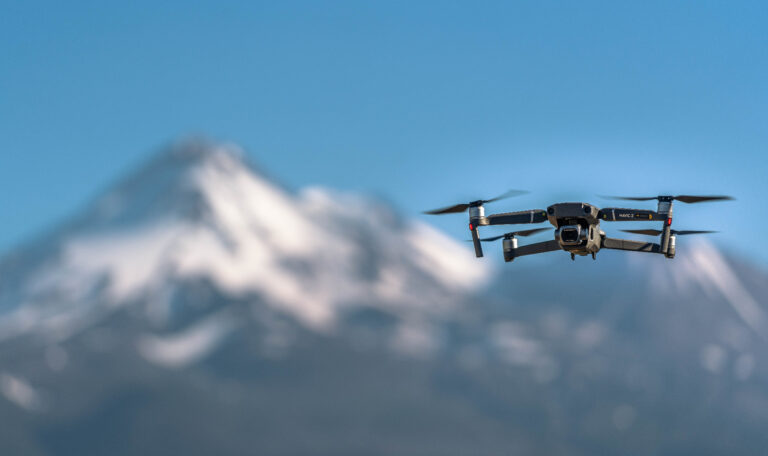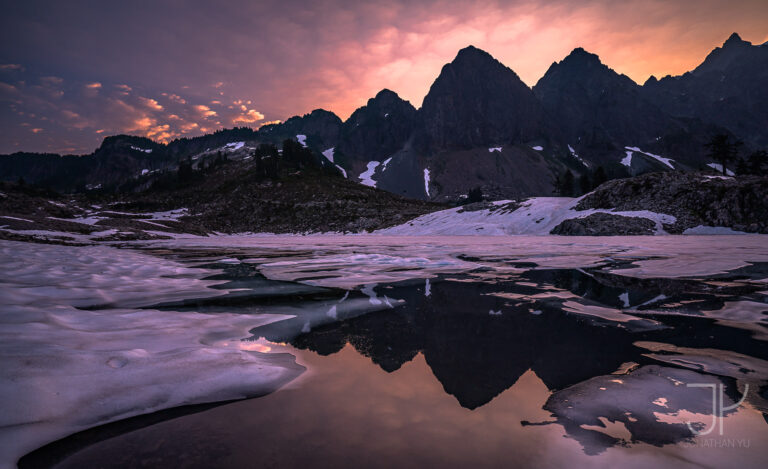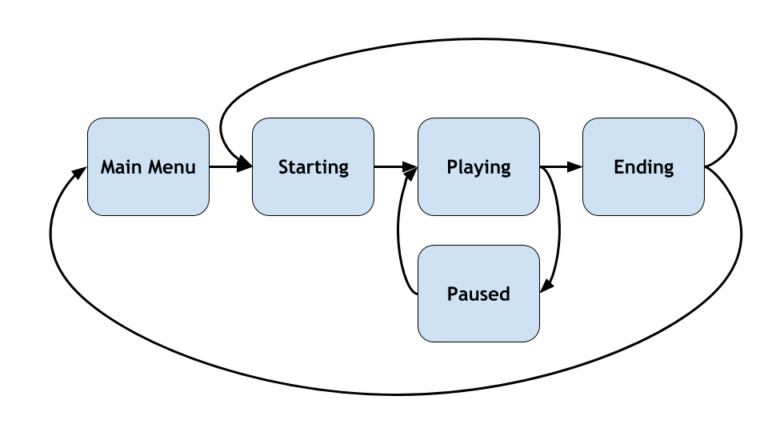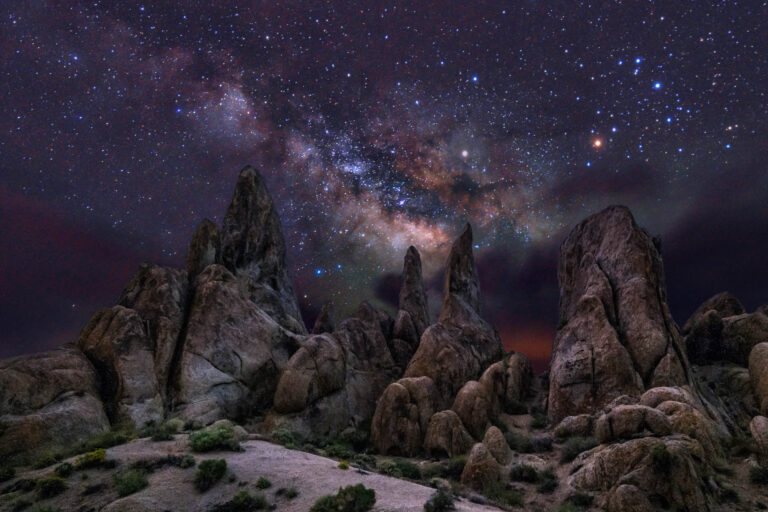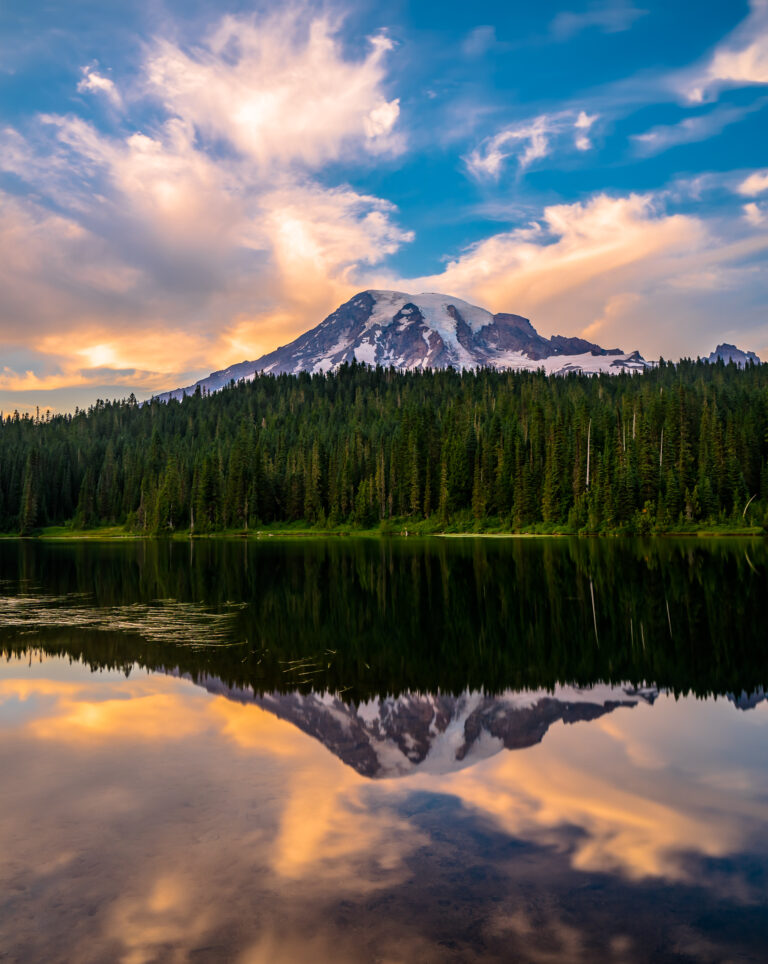Capturing the Milky Way at Mount Saint Helens
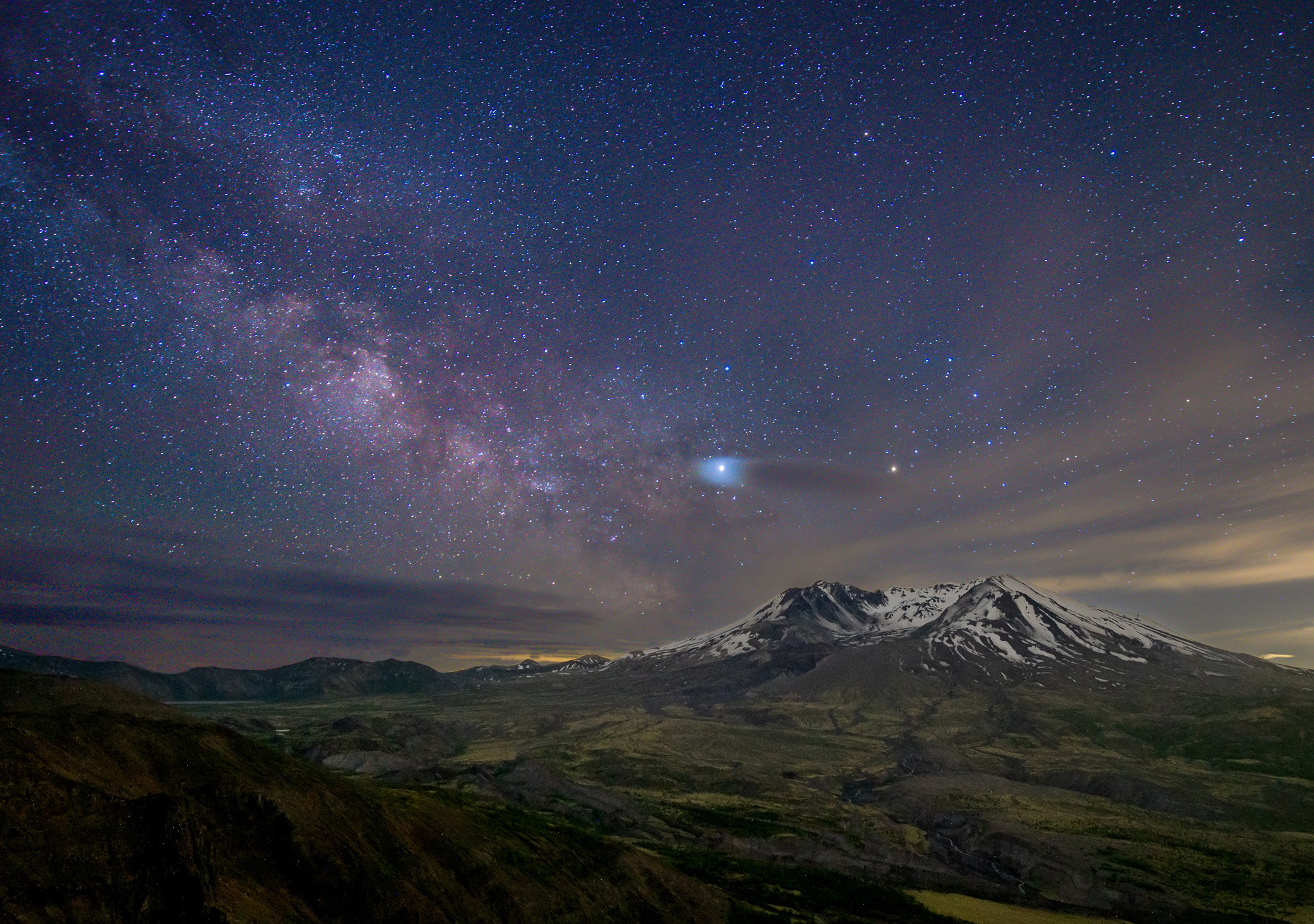
It’s been 39 years since the 1980 eruption at Mount Saint Helens. There’s plenty to see and do at the national monument – my favorite being the milky way. The best times to see the Milky Way are earlier in the year when the sky gets dark enough early in the night. If you come later in the summer, you’ll still get a great view of the milky way but the alignment will be past the mountain.
The easiest way to access the mountain would be from the north side (Highway 504). This route gives you access to numerous viewpoints as well as Johnston Ridge observatory. You’ll be able to enjoy panoramic views of Mount St Helens and it’s surrounding landscapes.
Best time: May/June (check moon calendar for new moon)
If you come later in the season (July, August) you’ll be able to experience wildflowers blooming. They can found all over the park but I’ve found most at the areas around the observatory.
Milky Way Locations
There’s plenty of places you can setup to shoot the milky way at Mount St Helens. Many of them are accessible and very close to parking.
Castle Lake Viewpoint
The first viewpoint along the highway that I consider to be a good spot for milky way. It’s a bit further from the mountain when compared to later spots but gives you a different field of view and allows for different compositions. This location is also open year around, so you can access it in the winter when the other viewpoints are closed.
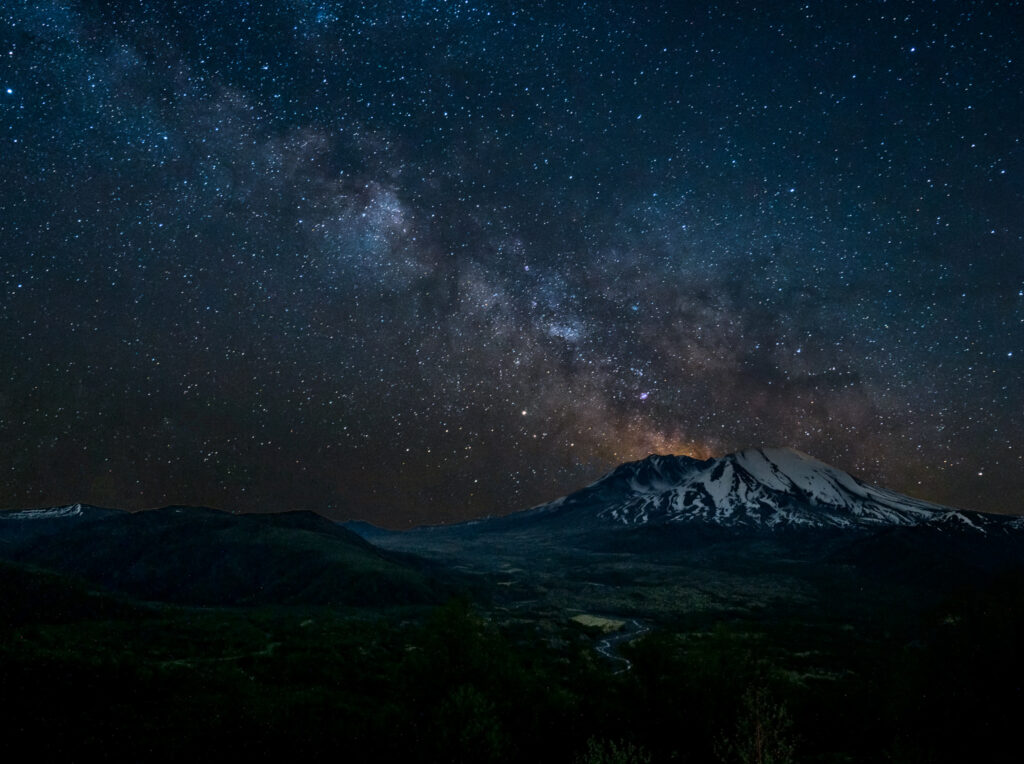
Loowit Viewpoint
The next viewpoint along the 504, Loowit Viewpoint is a short distance from the observatory but offers a stunning view of Mt. Saint Helens. Similar to Castle Lake viewpoint there is very little walking that’s required to get here. However this viewpoint offers a short trail that allows you to get more creative with foreground and composition.
I would recommend checking out the trail in the day time and get an idea of the types of compositions you want to grab.
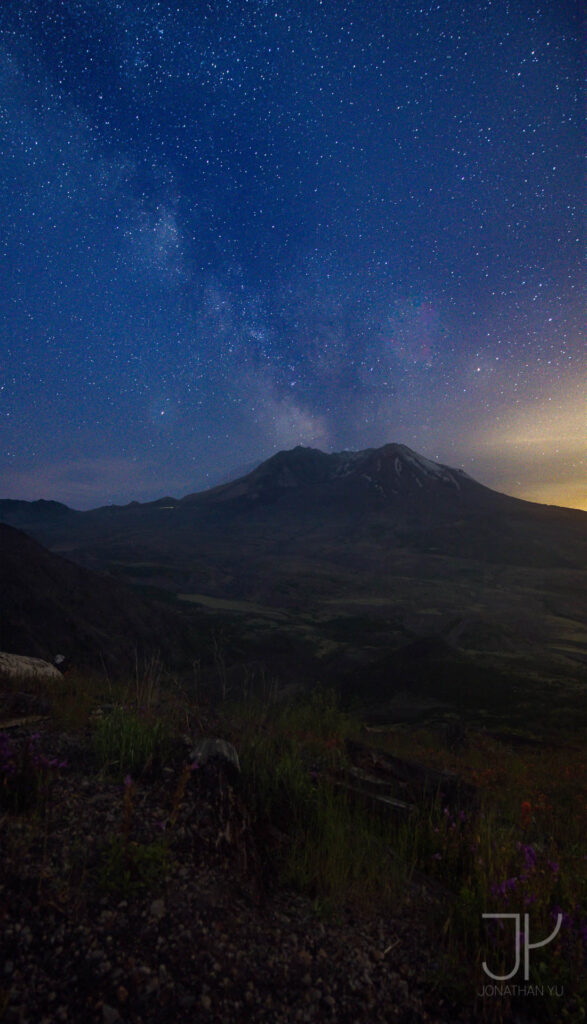
Johnston Ridge Observatory and Boundary Trail
The last destination on 504 is the observatory. This acts as a visitor center and has a huge parking lot. On dark nights you’ll often find many people waiting for the milky way and it’s a great place to chat with fellow photographers.
There are plenty of different locations to shoot from here – the easiest is directly at the observatory, where you can find a large paved platform. However, I would recommend venturing out to the boundary trail to get a better composition and look for some foreground. Depending on the time of the year, you may find wildflowers, fallen logs, or other foreground objects of interest.
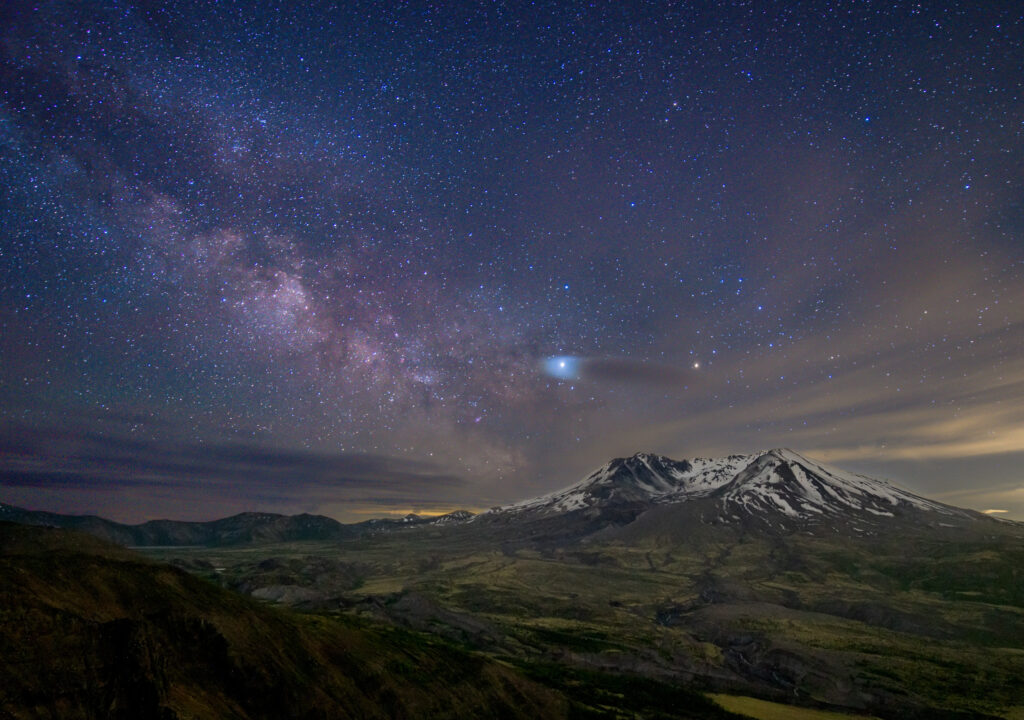
Tips and Advice
- Arrive early – there’s plenty of composition opportunities and it’s helpful to be able to see the area in daylight.
- Stay warm – it can get quite windy at night and even in the summer you may find the temperature dropping below 32 degrees.
- Bring a camp chair – why not be comfortable?
Camera Settings and Equipment
Settings will vary depending on your gear setup – but I’ll post my favorites. Check out my gear list for more details.
Body: Sony A7R Series (II or III)
Lens: Wide Angle for single shot, 50mm~ prime for panoramic shots
Tripod: As sturdy as you can get
Accessories: Remote shutter release is critical. Especially for bulb mode.
Wide Angle Settings: 16mm, F4, ISO 6400, 20 seconds exposure. Stacked exposure (at least 6) for the sky. 1 long exposure for the foreground (ISO 800, 8 minutes, F4)
Panoramic Settings: 55mm, F1.8, ISO 3200, 8 seconds exposure. Stacked exposure (at least 3) for each frame, 2 rows of panoramic shots for a total of at least 30 frames.
I’ve been shooting stacked exposures as I found that it greatly reduces noise levels (even at high ISO like 6400). This produces a much higher quality capture. Combine that with a low ISO (100-800) shot for the foreground. It takes a bit more work to get the shot but the results are spectacular.
Hope this is helpful for your milky way adventures at Mount Saint Helens. This is a great place to enjoy the starry sky and I always enjoy a trip here. Share your favorite spots and results in the comments below!
Check out my instagram for more frequent updates on my latest adventures!
Jonathan
Hey there, I’m Jon! I love landscape photography which is why I travel all the time! On my blog I’ll share all the best spots for epic sunsets and sunrises as well as some photography tips and tricks. I also have a interest in game design so you’ll find the occasional post about that too. Thanks for visiting!
